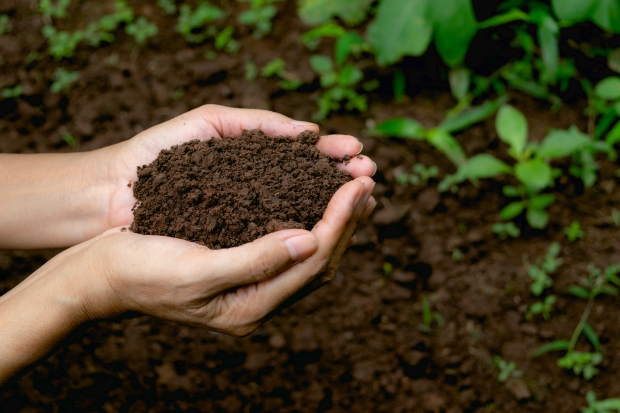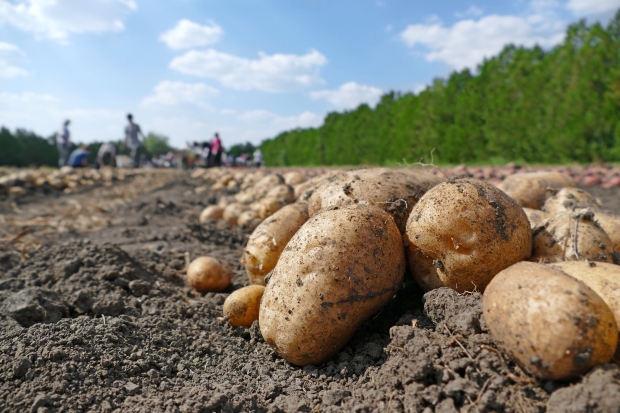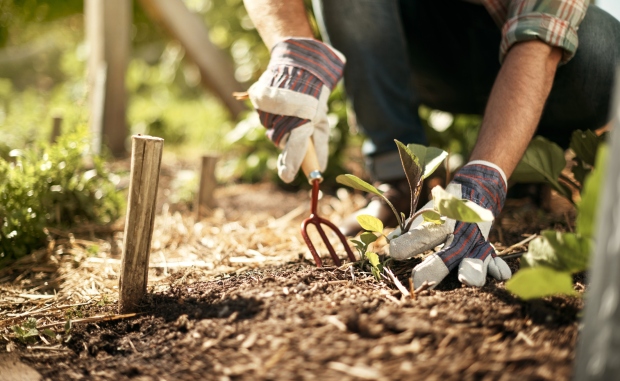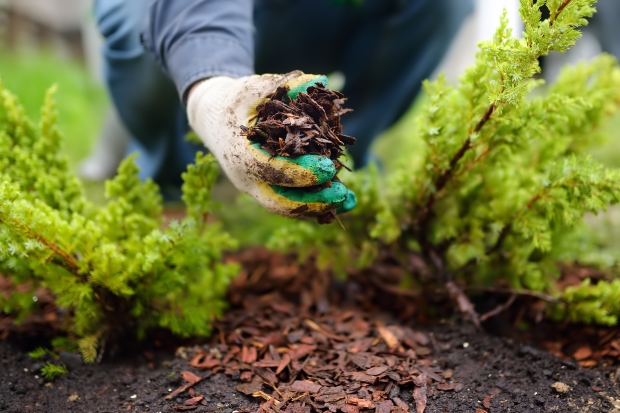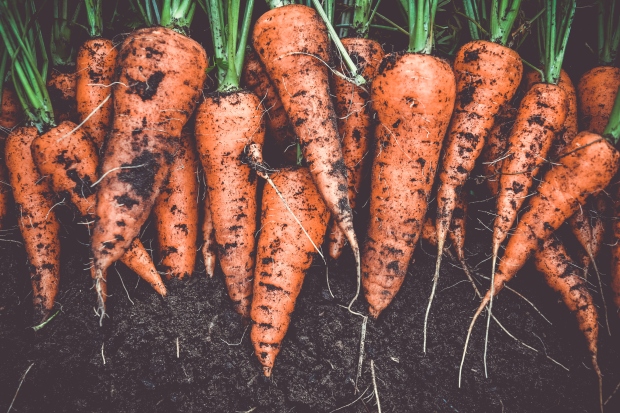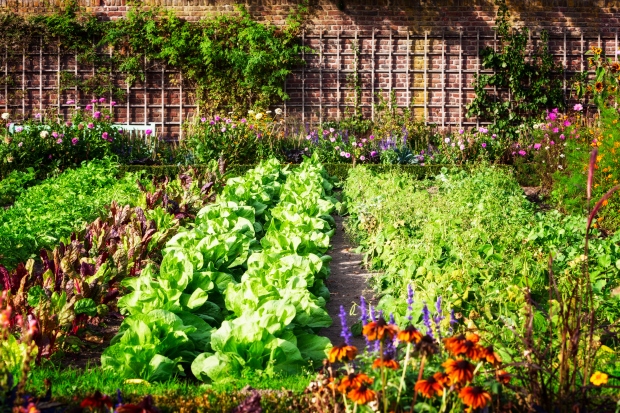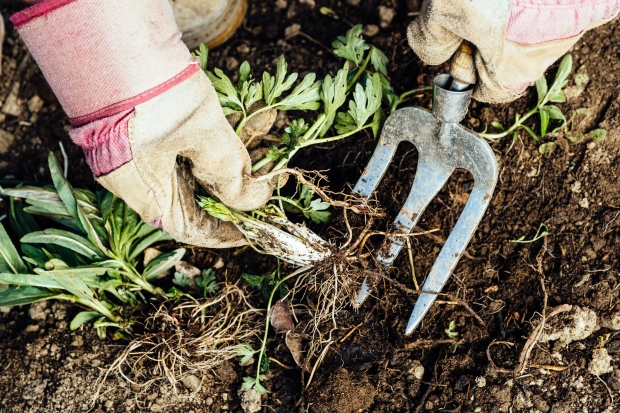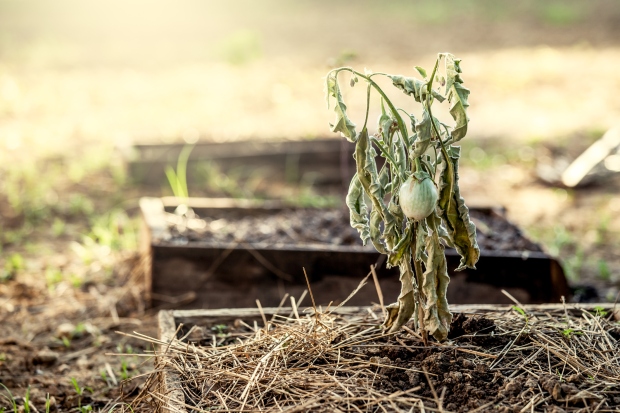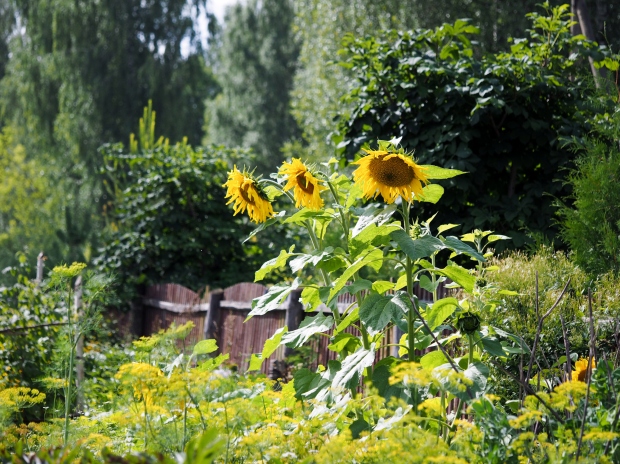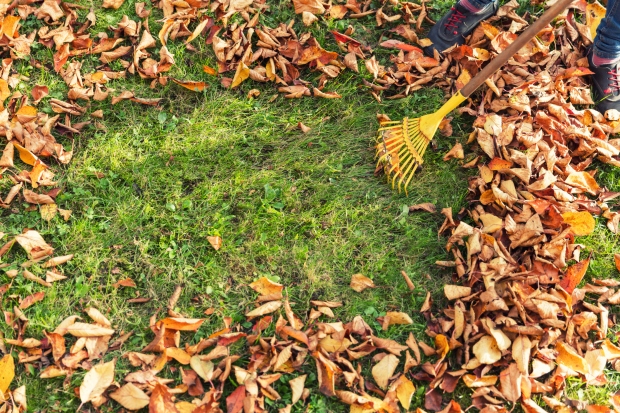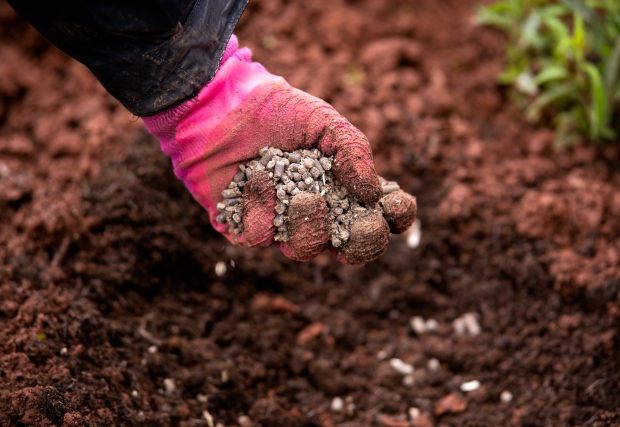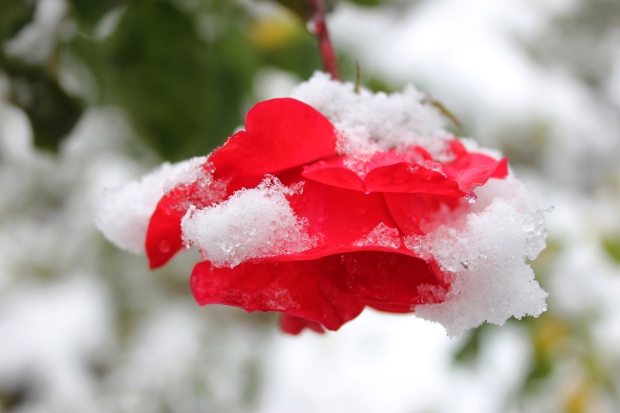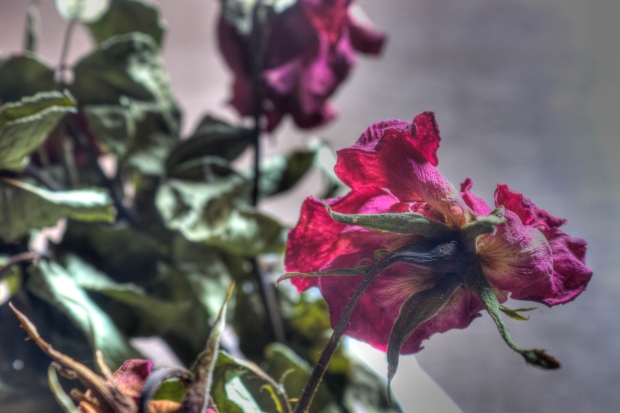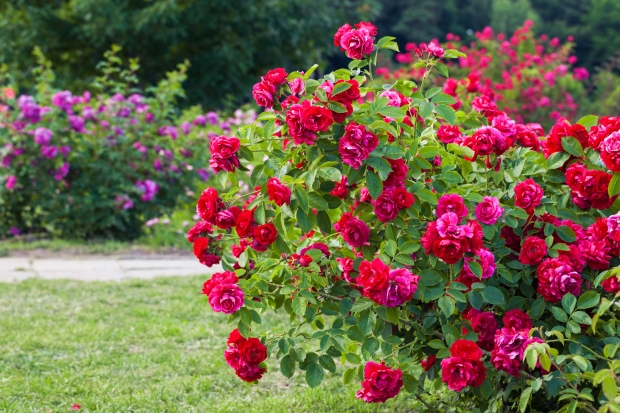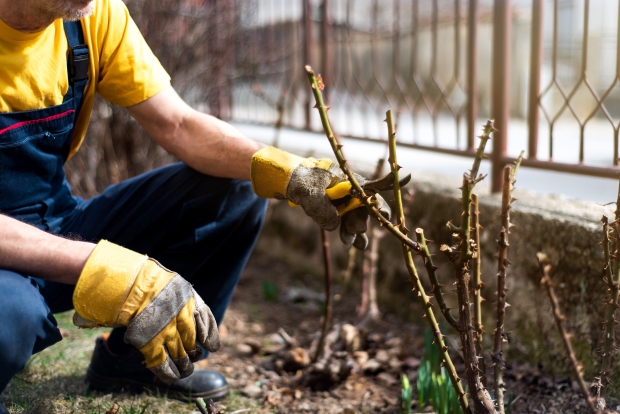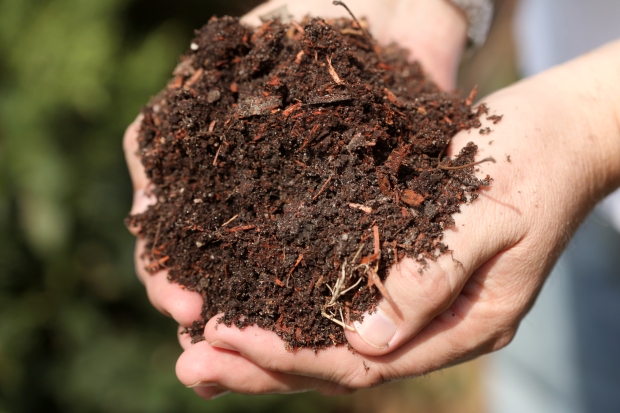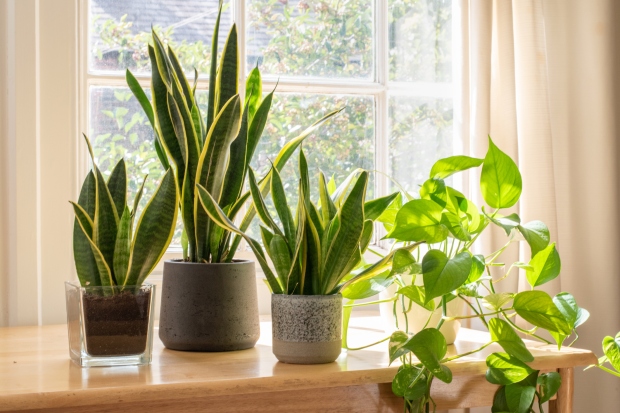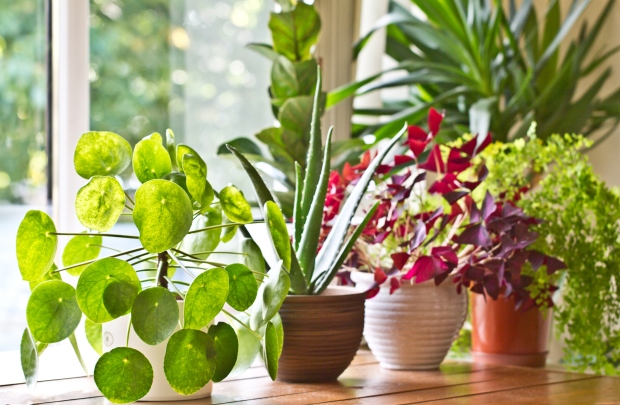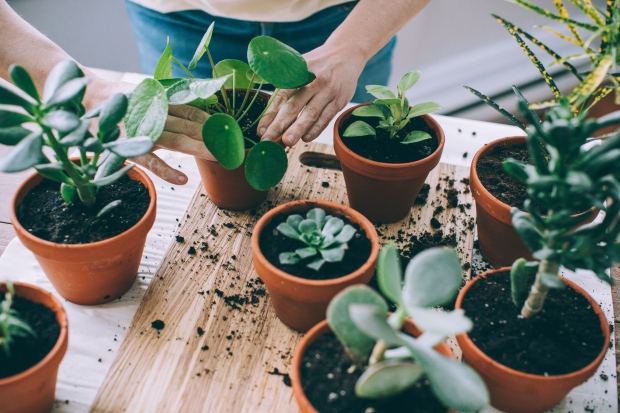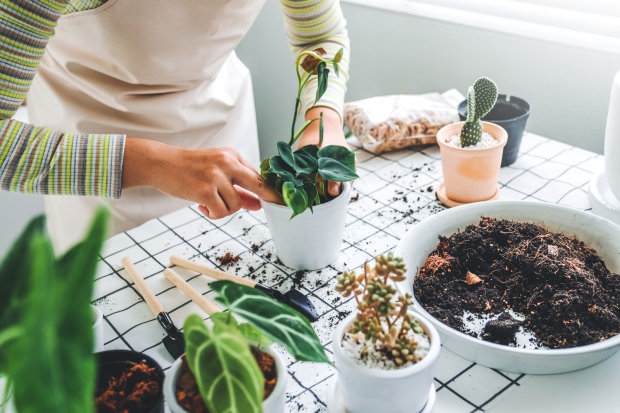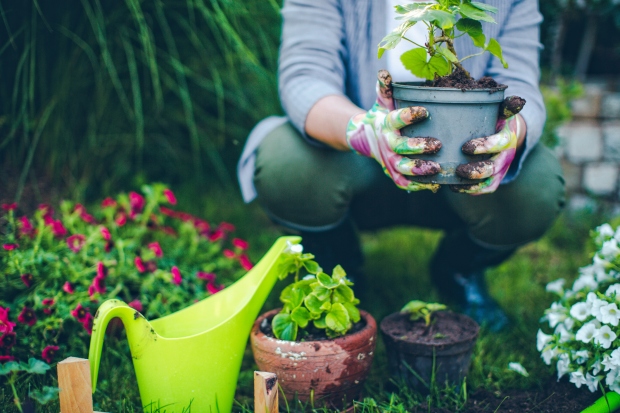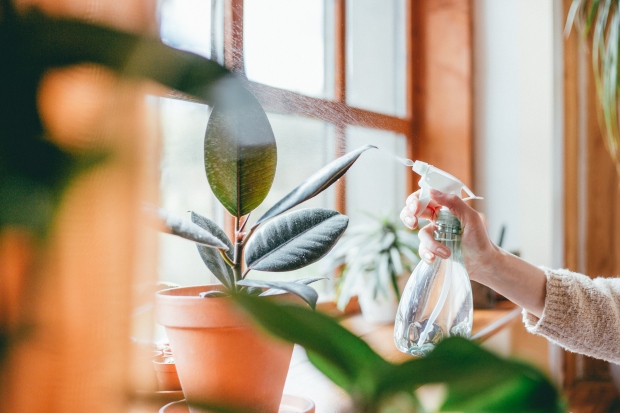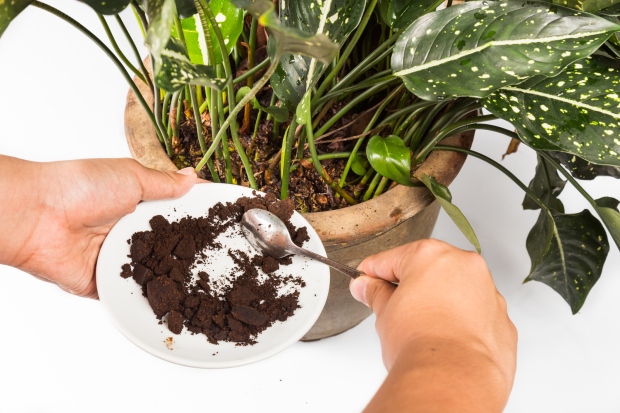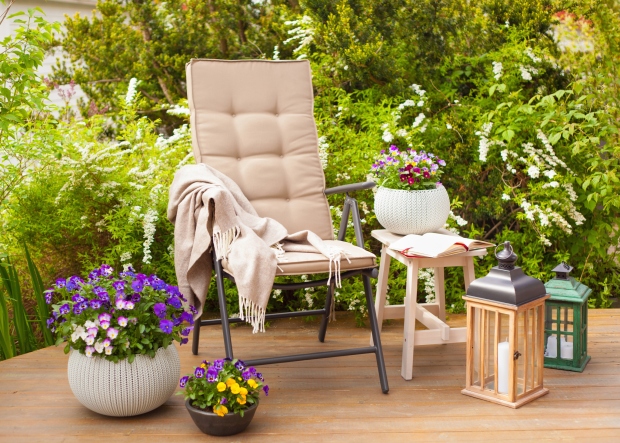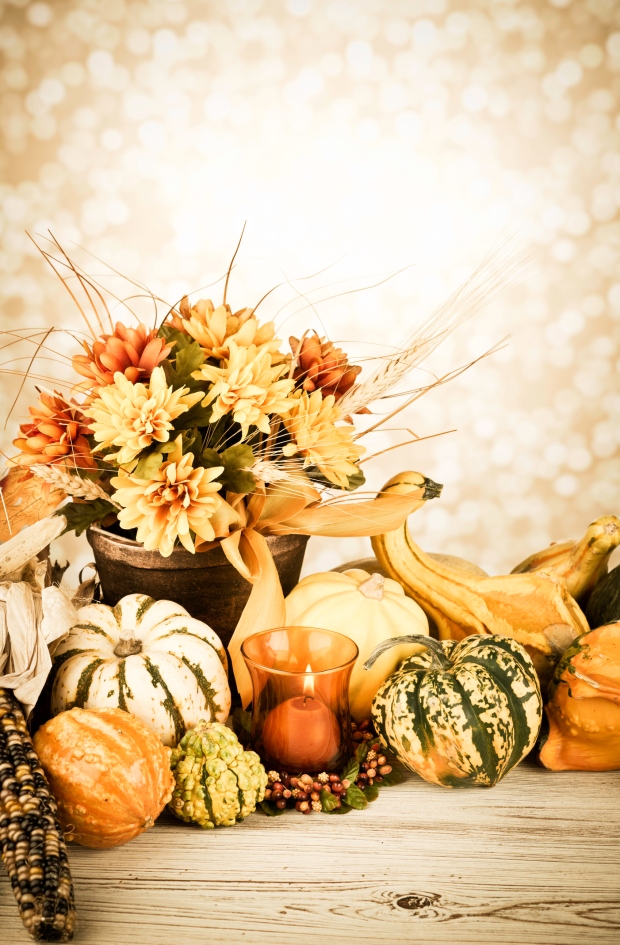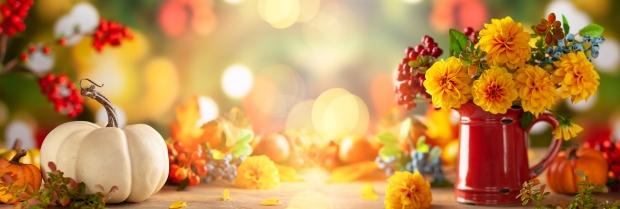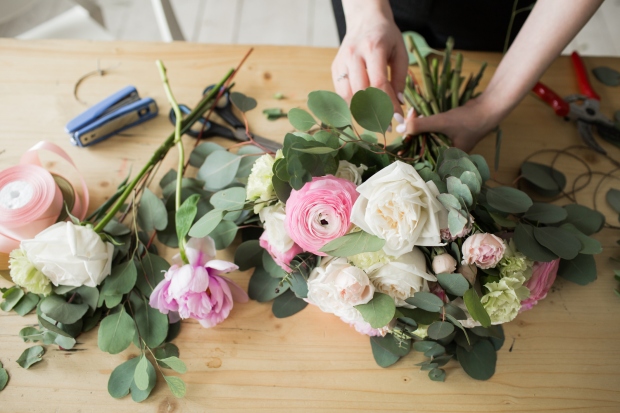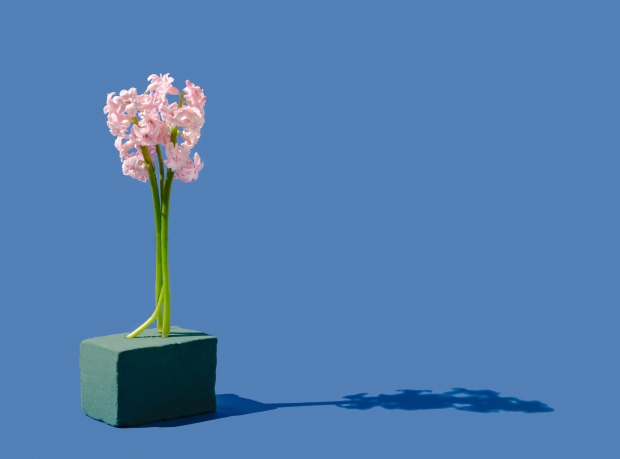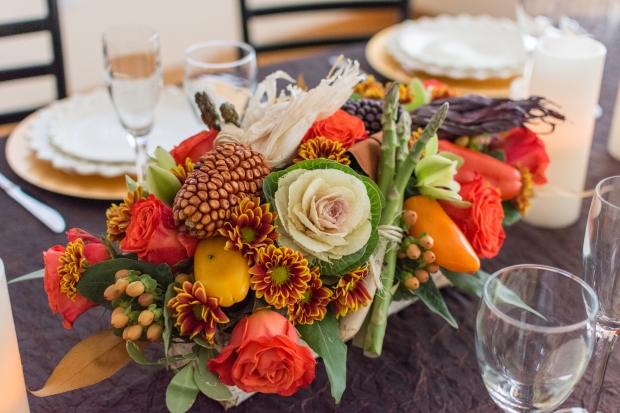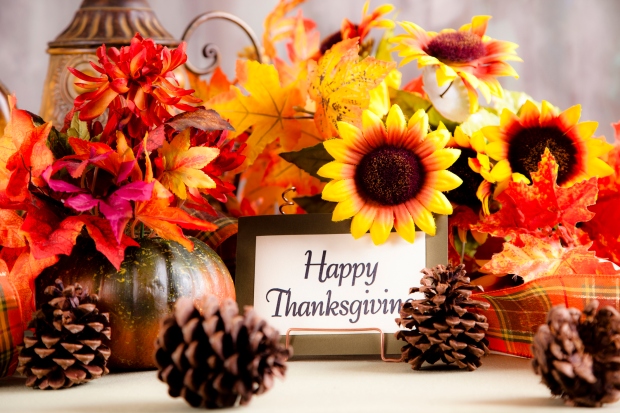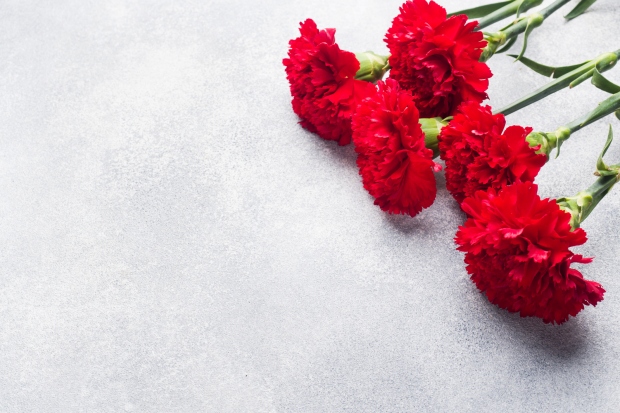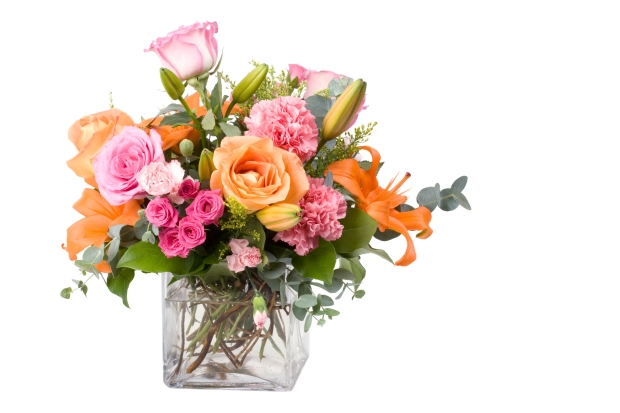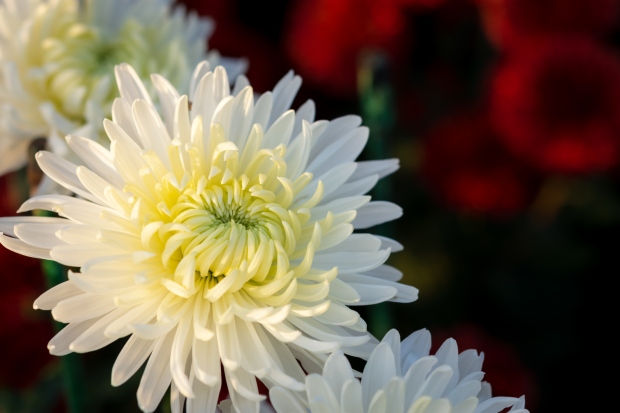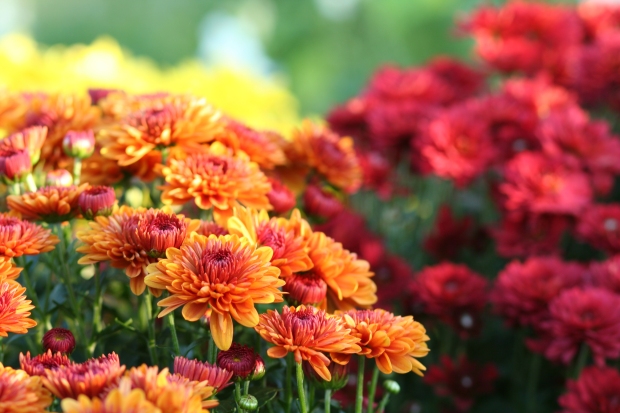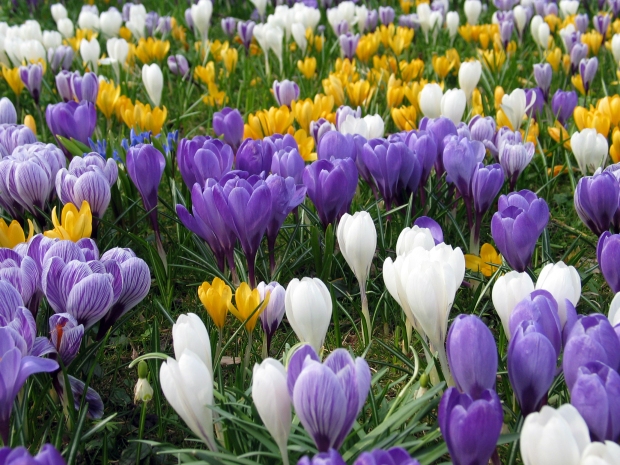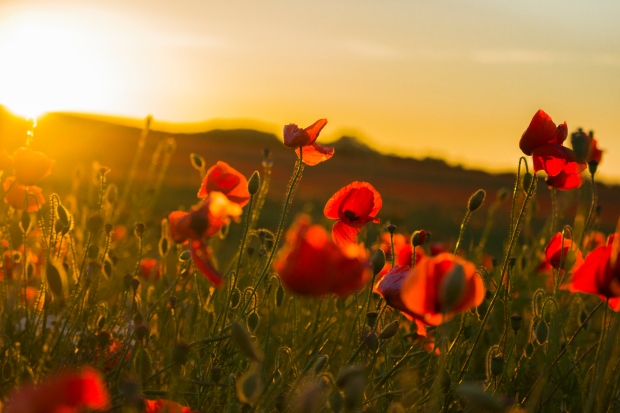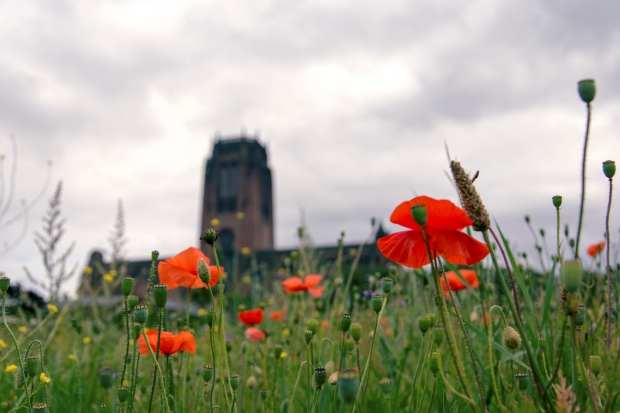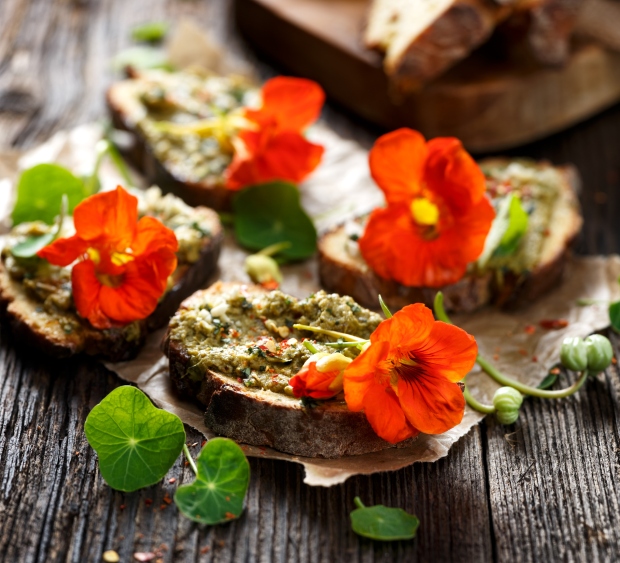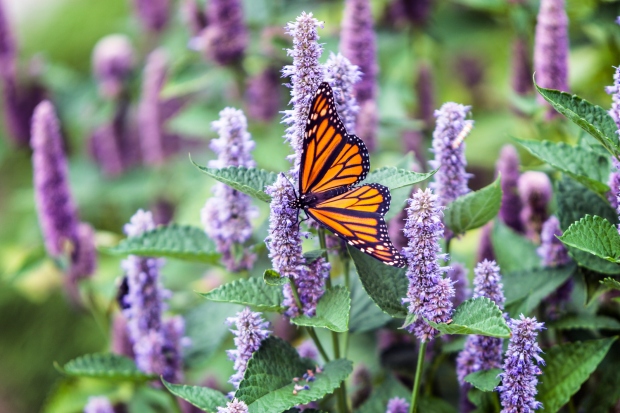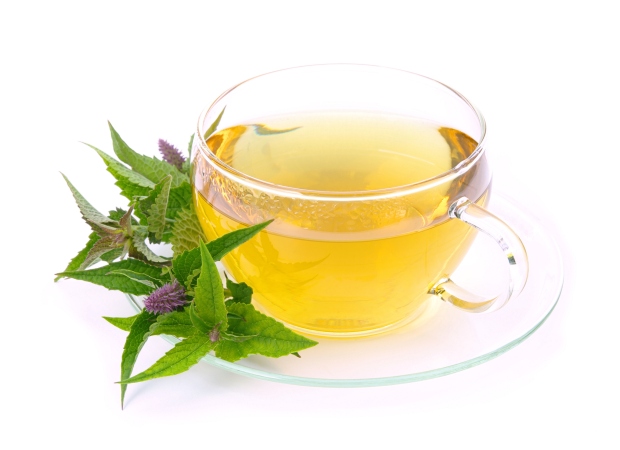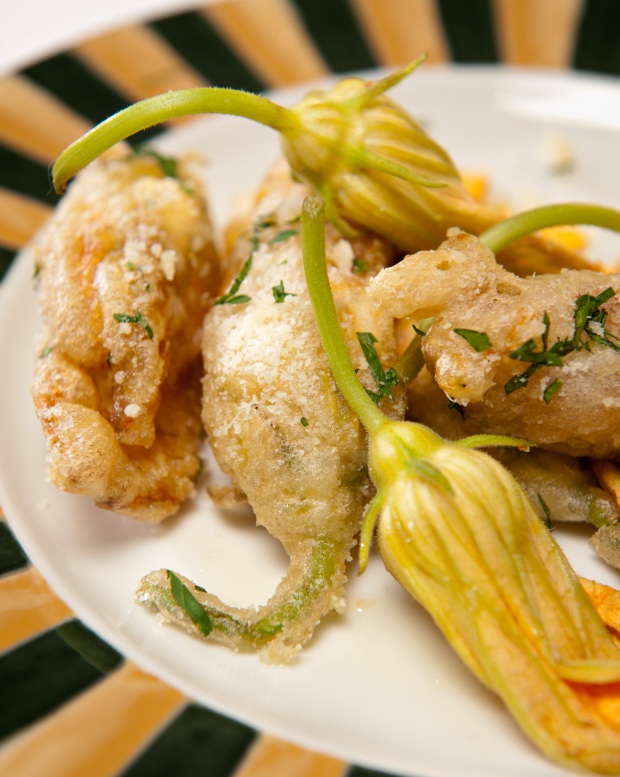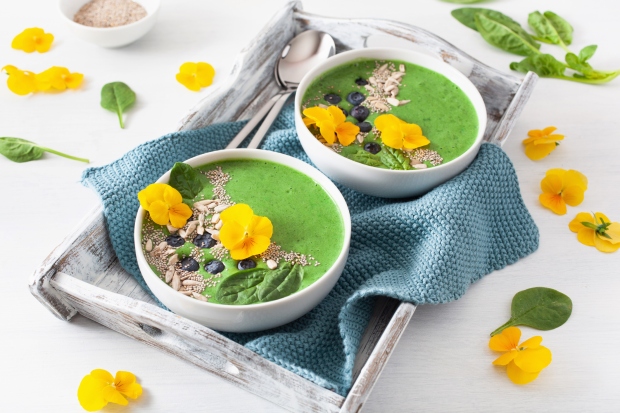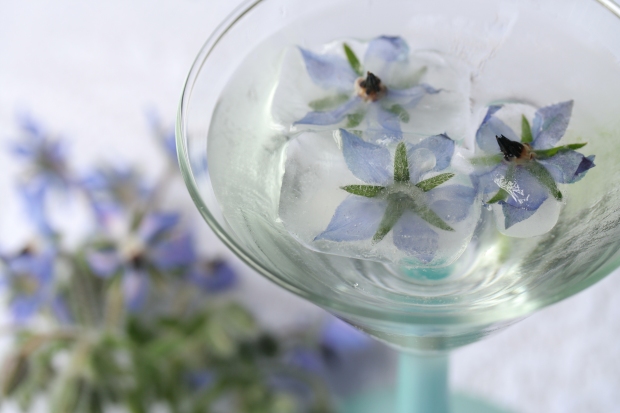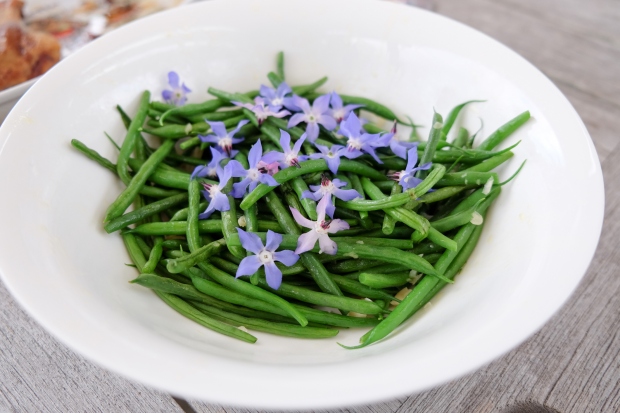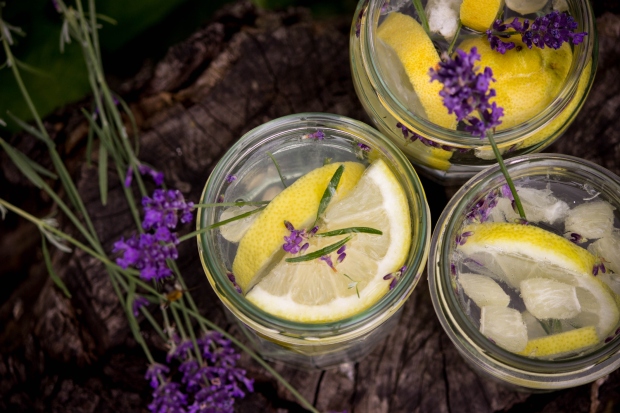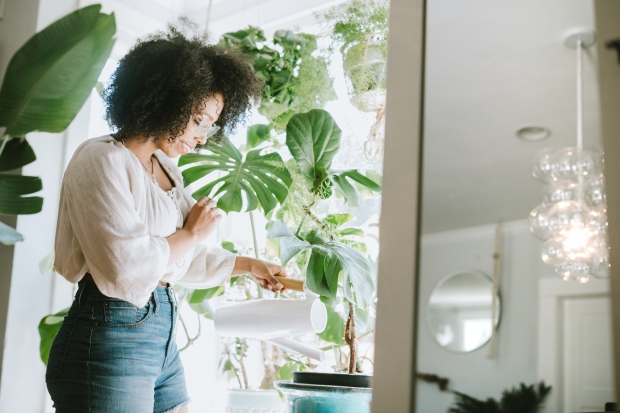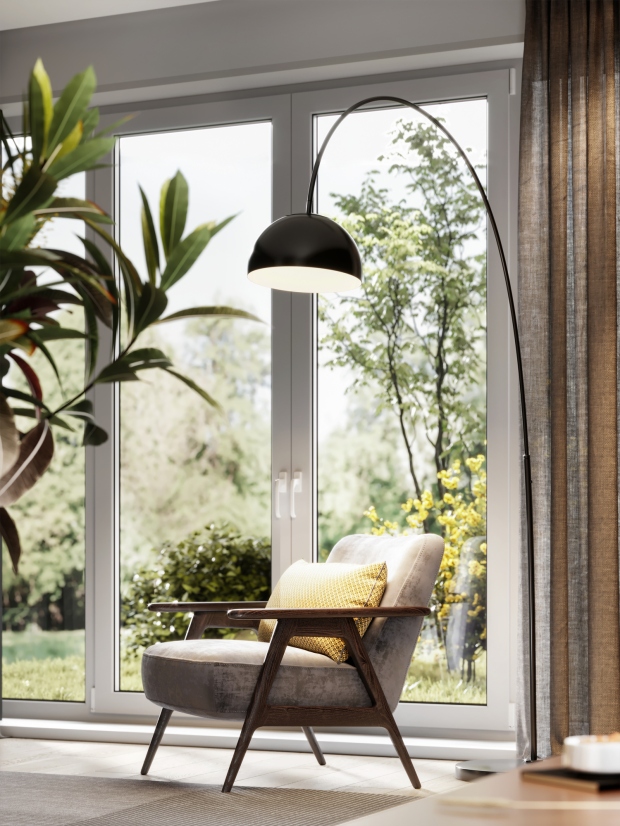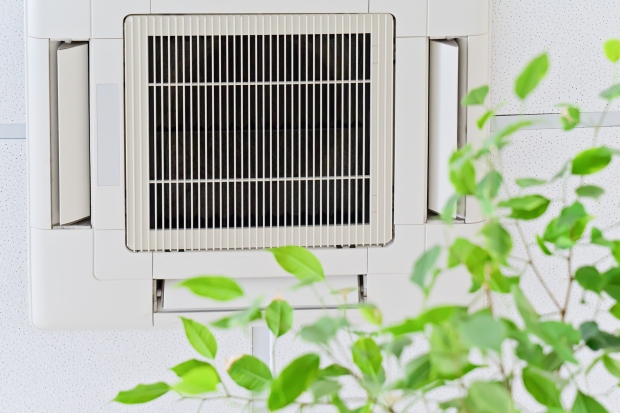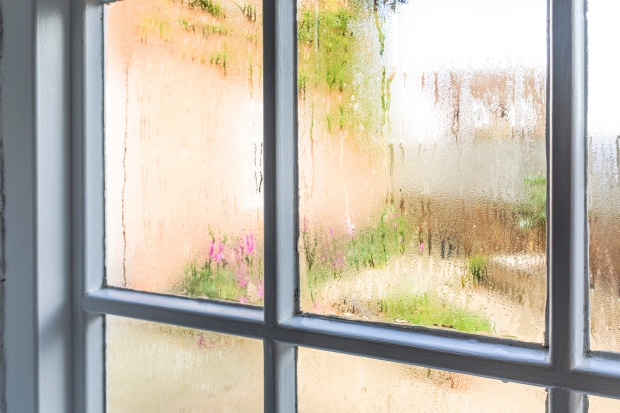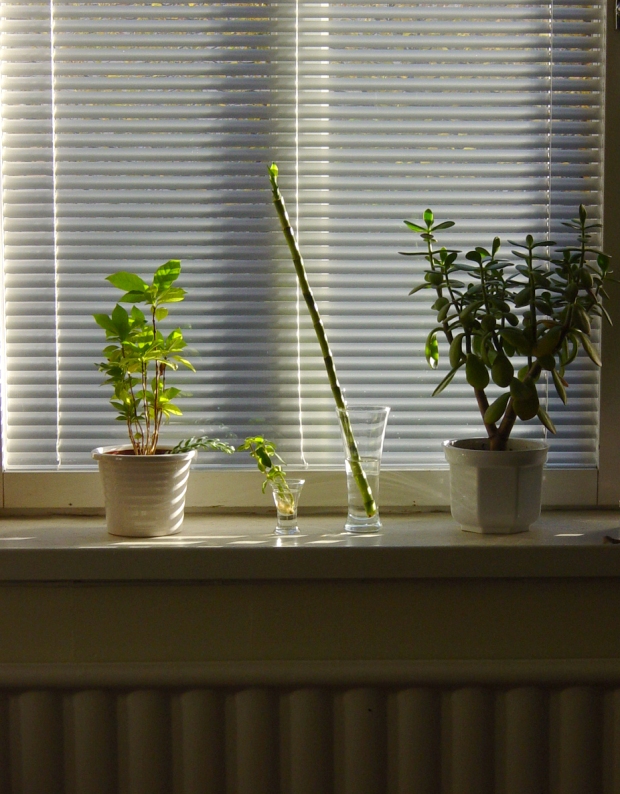Microclimate Design for Cold Weather
It can be disheartening when cold weather prevents you from enjoying your outdoor spaces. Creating a microclimate allows you to utilize your landscape well into fall and winter. Here are some tips for creating a warm and cozy microclimate.
If you love spending time outside, it can be a bit disheartening to find you have reached the time of year when it is too cold to enjoy your outdoor living spaces. If only there was a way that you could make those spaces a bit more comfortable even when the temperature drops.
Fortunately, microclimate design gives you the chance to do that. Read on to learn a few microclimate design tactics that will help make your landscape spaces more livable in late fall.

What is a Microclimate?
A microclimate is nothing more than a small area with a climate that is different than that of the areas surrounding it. In other words, a microclimate is a space that is noticeably colder or hotter than the rest of the landscape in which it exists.

Many microclimates arise naturally. You can observe a prime example of this in early spring when the winter snow is melting. You’ll notice that piles of snow that sit in shaded areas take a lot longer to melt than those in the sun.
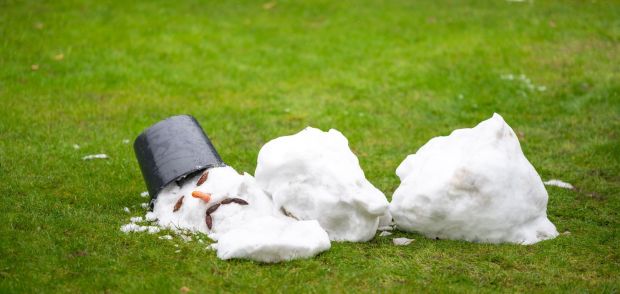
That is just one example of a microclimate that occurs without human intervention. But what is more intriguing is that designers have some specific approaches they use to manipulate and create microclimates of their own. Often, the goal of these microclimate designers is to use shade and wind protection to maximize the pleasantness of their spaces. With just a slight understanding of how that process works, you can do the same for your yard.
Designing a Cold Weather Microclimate
Designing a microclimate is easier than you might expect. If you want to learn how to make one, use the sections below to learn some of the basics of microclimate design.
Determine a Distinct Area for Your Microclimate
Begin by selecting a distinct area where you would like to make a microclimate. There are a few criteria you should keep in mind during this stage.
The first is the size of your microclimate. Choosing a relatively small area is often the best approach. As you might expect, altering climatic conditions becomes more difficult when attempting to impact a broad area.
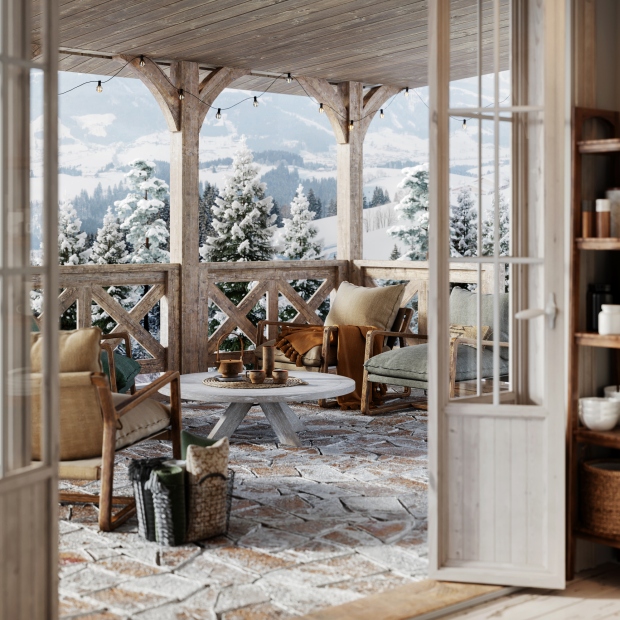
You should also plan your microclimate in an area that you love to use often. After all, the main purpose of a microclimate design is to make your favorite outdoor living spaces more usable for more parts of the year. With that in mind, don’t bother making microclimates in areas of low use. Instead, focus your microclimate design on gathering spaces such as:
- Patios
- Decks
- Grilling areas
- Firepit areas
- Hammocks and lounge areas
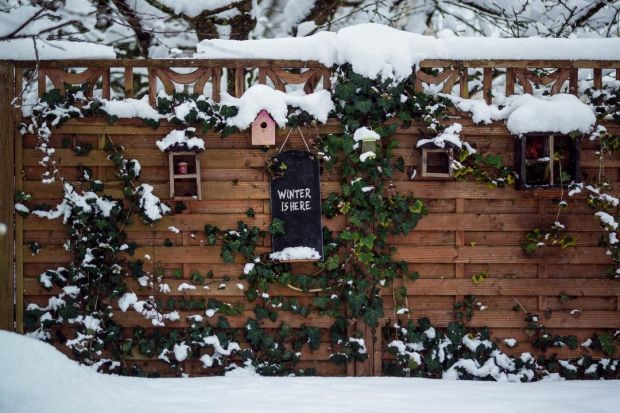
Location is also critical when making a microclimate. Since microclimate design depends on environmental factors beyond your control, such as wind and sunlight, you should study the conditions of your yard thoroughly before you locate your microclimate.
Once you have your location set, you are ready to begin addressing the wind and sun in that area to create the ideal microclimate.
Block Cold Winter Winds
Late fall and early winter come with cold air temperatures. What makes those temperatures feel even colder is the presence of strong winter winds. One of the first priorities for anyone trying to make a cold-weather microclimate should be to block as much of the winter wind as possible. Here are some of the best design elements you can use to do that:
- Evergreen hedges
- Solid fences
- Earthen berms
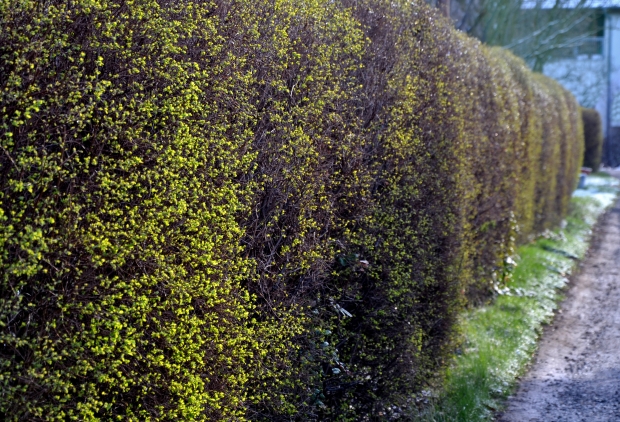
Each of those elements will be effective for blocking wind. But the degree of their effectiveness relies on their placement.
Where you place your windscreen relates to where you live in the world, as different regions experience different wind patterns. But broadly speaking, those living in North America will feel most winter winds coming from the north and the west. In response, you should locate your windscreen along the north and west edges of your microclimate space. This will minimize the wind chill that you feel while you are in that space.

Let as Much Sunlight in as Possible
Blocking the winter wind is an excellent way to stop your microclimate from becoming extremely cold, but there is another climactic factor you should also address. Allowing the most amount of sunlight into your microclimate is one of the best ways to keep it warm, even late in the season.

Again, the direction of the sun’s rays will be different depending on where you live in the world. But if you are in the northern hemisphere, you can count on the sun to cast its rays from the south. This means that your microclimate should be open to the south to capture as much sunlight as possible.

Don’t place any trees or structures to the south of your microclimate as they could cast an unwanted shadow on the space. Sunlight is the main influence over how warm your microclimate will be. You may be surprised to find how warm a sun-soaked space can be even when the weather is cold.
Advantages and Limitations of Microclimate Design
Designing a microclimate is both challenging and highly rewarding. If you create one successfully, you will enjoy the ability to spend time outdoors in seasons when you would otherwise hunker down indoors. This opens the possibility of inviting friends and family over to spend time in your garden, even in the late fall months.

However, while microclimates can be highly effective, they do have some limits. No matter how careful you are during your design phase, there will still be some days when it is simply too cold to be outdoors, regardless of how well-designed your microclimate is.
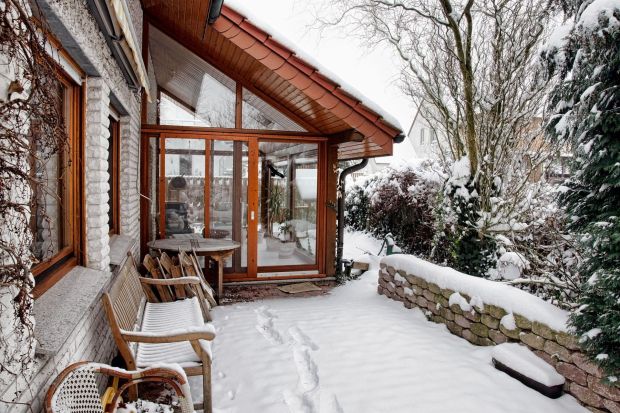
Still, with proper planning and implementation, you can make a microclimate in your yard that lets you spend a few extra weeks in your favorite outdoor spaces. Just use the guidance in this article, and you may be shocked to feel how warm and comfy your landscape can be late in the season.

